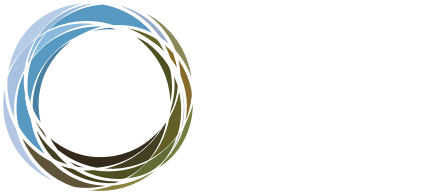Teck Highland Valley Copper Dust And Traditional Plant Study
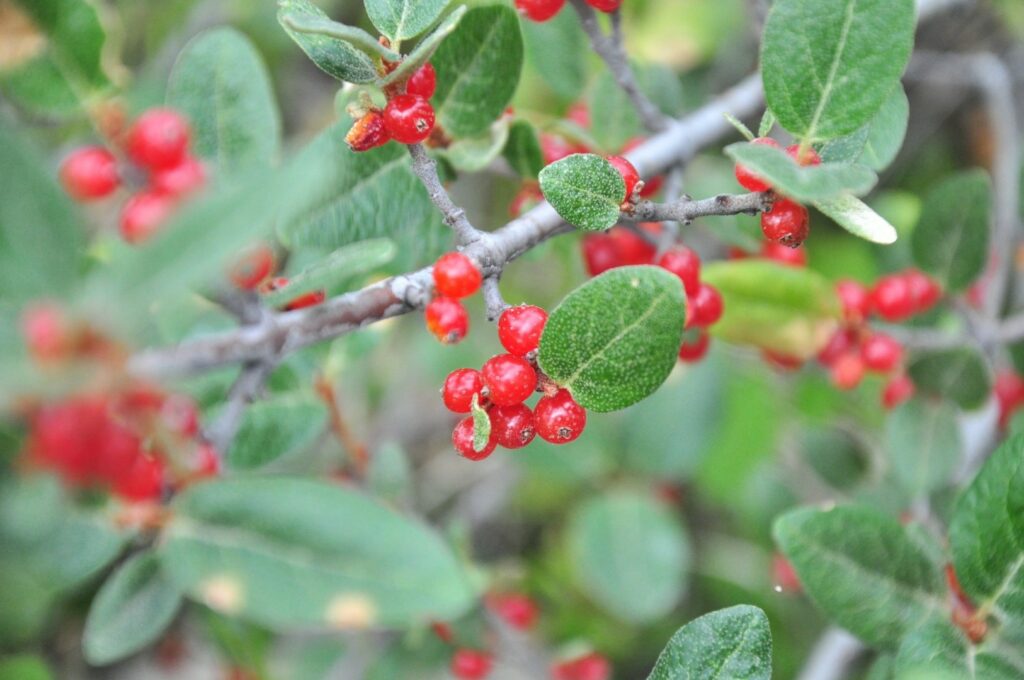
Engaging Nlaka’pamux communities in the development of a study addressing community concerns about the effects of mine dust on traditional plants in the Highland Valley area of British Columbia.
Water and Carbon Flux Research on Reclaimed Oil Sands Mines
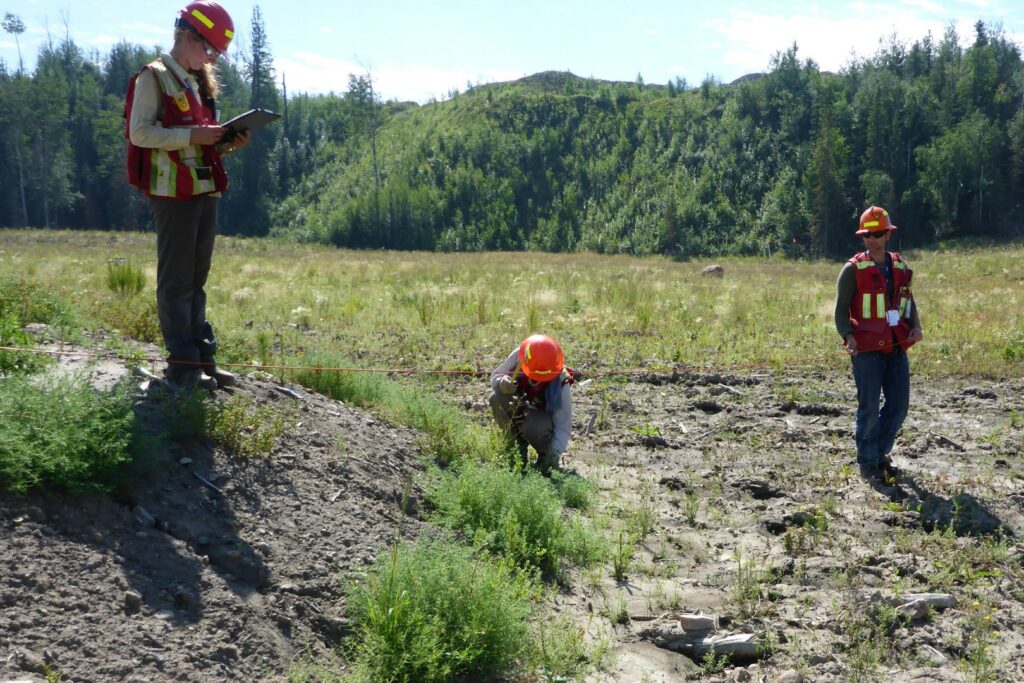
Assessing water and carbon fluxes on reclaimed oil-sands mine sites to develop indicators of reclamation function and success.
Community-guided End Land Use Plan for Teck Highland Valley Copper
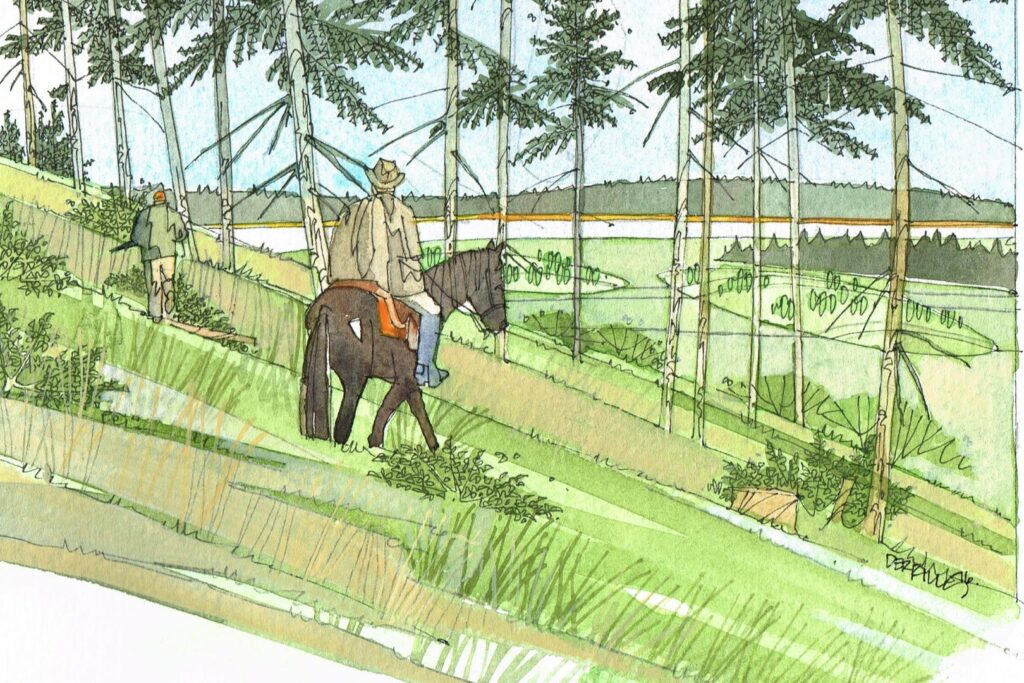
In collaboration with HVC staff and Nlaka’pamux communities, IEG completed an End Land Use Plan (ELUP) for the Teck Highland Valley Copper (HVC) Mine in British Columbia.
Evaluating Surface Mining Reclamation Success
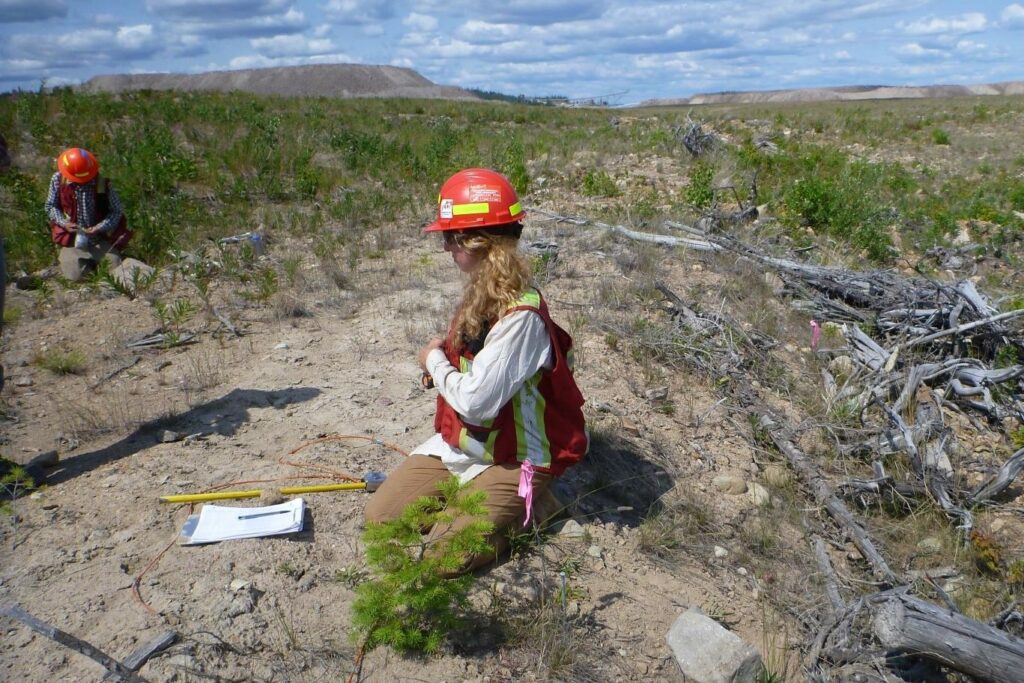
Developing an ecosystem-based criteria-and-indicators framework to measure reclamation performance
UAV Soil Amendment Mapping at Detour Lake Mine
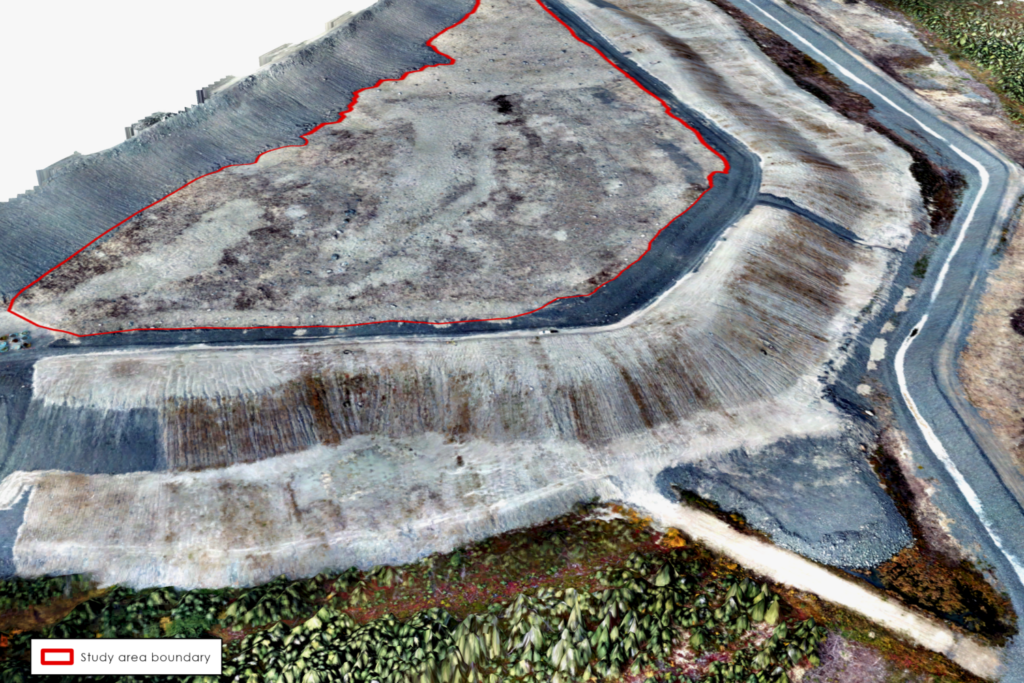
In partnership with BGC Engineering, IEG conducted a UAV survey of an organic matter reclamation cover on a constructed plateau at Detour Lake Mine. The objective of the project was to assess the distribution of a peat mineral mix (PMM) used as a cover material and create a spatially explicit map of PMM distribution to be used as a covariate in a revegetation trial.
